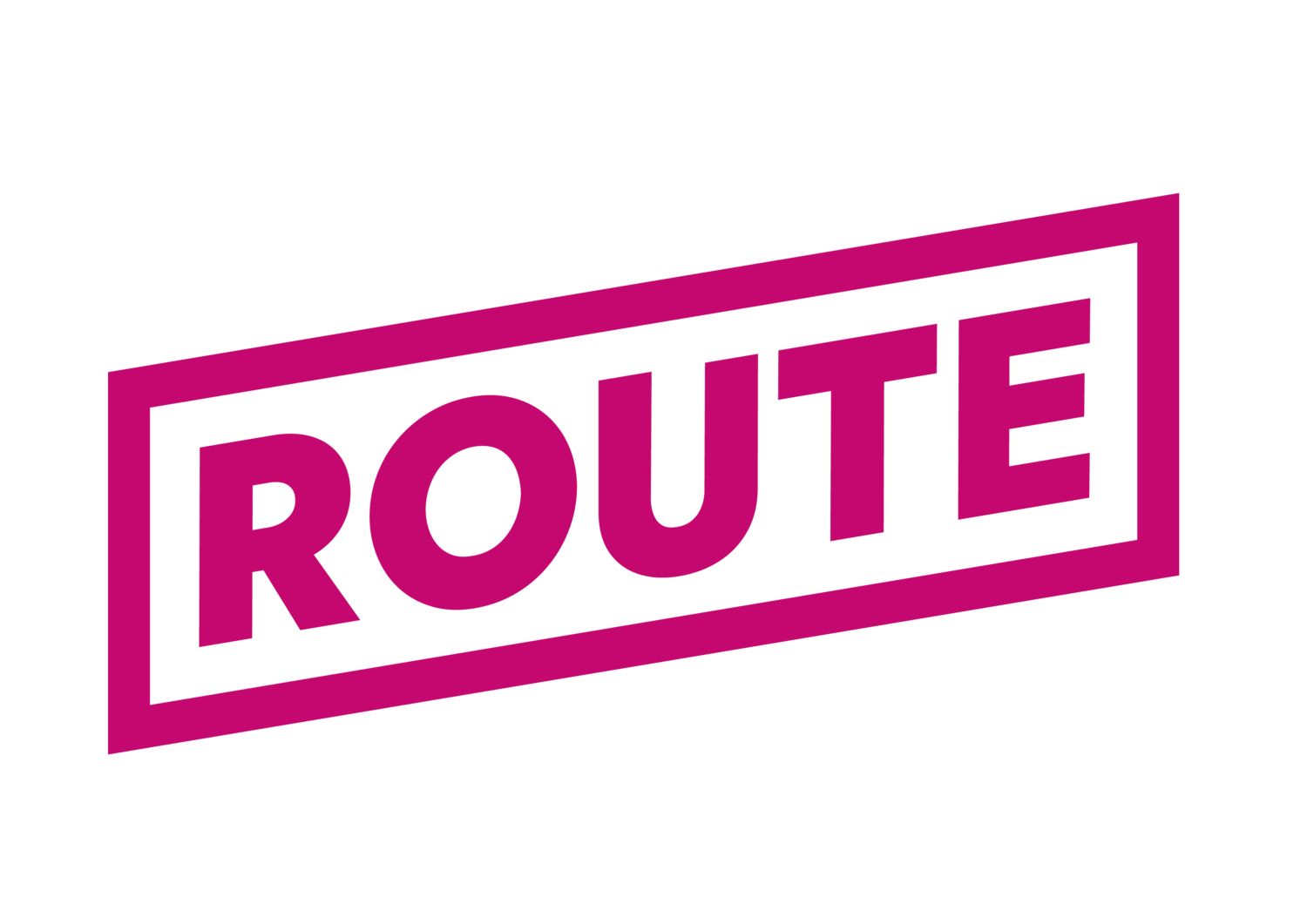Girl, SOOH confusing
What OOH really needs is another acronym, right? So let us introduce you to SOOH (social out-of-home). Coined by U.S. media owner Outfront, SOOH is about how OOH advertising doesn’t just live IRL on posters or screens but can really be amplified online when shared on social platforms.
OOH and social together? “It’s you and me on the same coin the industry loves to spend”.
Seeing OOH ads amplified on social media isn’t new per se but it has gained serious traction over this past year with musicians in particular using this tactic with their album promotions. Enter Charli XCX. Her album “brat”, alongside its visceral green colour and pixelated Arial Narrow-like font album cover, was a huge hit in not only album sales and streams, but also in defining 2024’s internet and high street culture. Brat as an adjective became so commonly used, and even a certain former presidential nominee adopted the “brat” branding for their campaign. Brat summer was everywhere.
But Charli wasn’t done, instead she carried brat from summer through autumn with the release of “brat and it’s completely different but also still brat” in October.
This record features guest artists on each of her original brat songs. As with the original release, she heavily utilized OOH and DOOH for the album promotion, teasing guest artist names on posters and screens in their hometowns. On my way home from work in early October I spotted UK producer A.G. Cook’s name on the large format screen at the Dean Street entrance of the Tottenham Court Road Elizabeth line station. In Manchester, The 1975 appeared on a series of large format ads.
This created something truly interesting.
Fans would take photos of these OOH ads and post them on social platforms, driving even further excitement around the album release. Charli herself then started reposted these photos on her social platforms confirming the featured artists and driving even more engagement. She created a self-propagating positive feedback loop.
It wasn’t over yet with brat though. Brat reached its peak just a couple days ago, when, after her SNL performance, Charli put on a pop-up performance in New York City’s Time Square, surrounded by a sea of brat hosted by H&M.
Charli’s dominance this year is the culmination of not only a fantastic product (brat) but also some very smart cultural awareness - tapping into and helping to shape the prevailing gen z zeitgeist. Alongside this, has been some outstanding media planning and distinctive creative which play directly to the strengths of OOH and demonstrate that with the right creative and branding, minimal messaging can pack a punch in terms of attracting attention.
Interestingly, Charli wasn’t the only musician leveraging SOOH for their album promotion. Indie-rock artist Sam Fender has used photos of his OOH ads promoting his upcoming album “People Watching” on his social media. These ads spanned countries like the United States, Australia, the UK, the Netherlands, and Canada. One clever poster in Southeast London used the lyric “I People Watch On The Way Back Home”, to tailor the billboard to its local context, which sparked fan engagement online.
The success of this trend is particularly interesting in light of Ocean Outdoor’s recent ‘The Vital Ingredient’ neuroscience research highlights how OOH, specifically DOOH, strengthens the impact of campaigns by optimising their performance on social media. Their research focused on the effect of DOOH within social media posts.
They had three main findings:
DOOH is a powerful primer: Premium (large format) DOOH locations as a primer for other OOH when used first and increases long-term brand building.
DOOH enhances social campaigns: DOOH campaigns amplify a brand’s presence on social media and can draw audiences to the brand after people see it in the real world. Shared DOOH content also strengthens brand perception and increases social post engagement.
Increasing reach with no boundaries: Using DOOH as the centrepiece of a social campaign can help brands reach a global audience. You just don’t have to be there to see the DOOH ad!
These findings can help explain the success of campaigns like Charli’s. As Ocean’s research suggests, seeing DOOH ads in person could create an emotional connection, prompting audiences to share them online and driving further engagement. Research shows that people are more likely to engage with brands on social media after seeing DOOH first.
Combining OOH/DOOH and social for campaigns is a smart way for brands to further drive consumer engagement. As Charli XCX has shown, when used creatively, this pairing doesn’t just amplify campaigns – it creates cultural moments.







